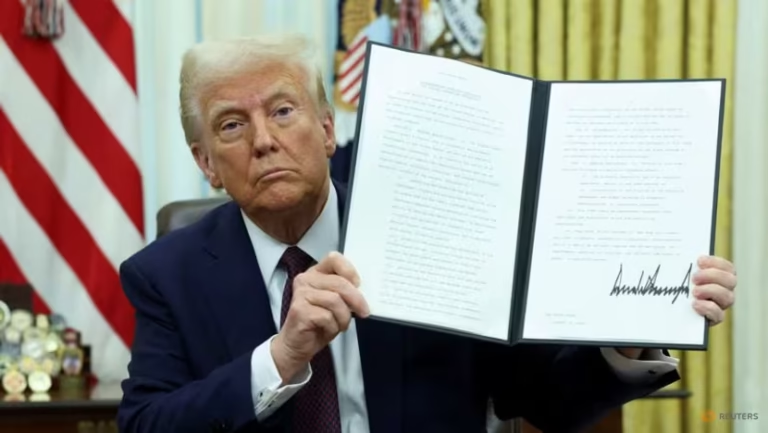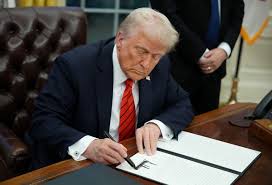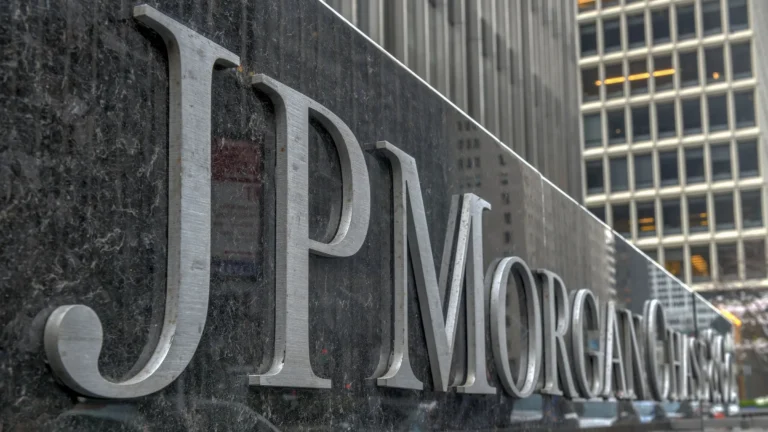The U.S. Now Has a Strategic Bitcoin Reserve – But What Does It Really Mean?
Imagine waking up to the news that the U.S. government now officially owns 200,000 Bitcoin (BTC), worth a staggering $18 billion—not just holding it, but calling it a “Strategic Bitcoin Reserve.” Sounds huge, right? Some in the crypto world are calling it a game-changer, while others say it’s nothing more than a political stunt.
Here’s what happened: President Trump signed an executive order to establish a U.S. Strategic Bitcoin Reserve, plus a Digital Asset Stockpile for other cryptocurrencies like XRP, SOL, ADA, BTC, and ETH. But the key detail? The government won’t be buying more crypto—only holding what it seizes from criminals.
Now, let’s break it down step by step:
Step 1: What is the U.S. Strategic Bitcoin Reserve?
- The U.S. government already owns about 200,000 BTC, mostly taken from criminals in legal cases.
- This new reserve locks up that Bitcoin, meaning the government won’t sell it like it used to.
- Trump says the U.S. can buy more BTC, but without using taxpayer money.
- No one knows exactly how they’ll do that yet.
Step 2: What is the Digital Asset Stockpile?
- This is a separate stash for altcoins like Ethereum (ETH), XRP, Solana (SOL), and Cardano (ADA).
- The key difference? The government can sell these assets, but it won’t buy more.
- Bitcoin gets special treatment—it’s the only crypto they might expand on.
Step 3: Why is This a Big Deal?
✅ First Time Ever – The U.S. government has never formally recognized Bitcoin as a strategic asset.
✅ Global Crypto Adoption – Other countries might follow this move, fearing the U.S. will dominate Bitcoin reserves.
✅ No More BTC Dumping – Before, the government would sell seized BTC, causing market dips. Now, that selling pressure is gone.
✅ Political Statement – Trump is making Bitcoin part of U.S. economic policy, which could push institutions like banks and pension funds to take Bitcoin more seriously.
Step 4: Why Are Some People Disappointed?
❌ No Active Buying – Many thought the U.S. would actually start accumulating BTC, but that’s not happening (yet).
❌ “Pig in Lipstick” – Critics say this is just a rebranding of existing Bitcoin holdings, with no real impact.
❌ Bitcoin Dropped 5% – After the announcement, BTC briefly fell below $85,000 before recovering. Some traders expected bigger news.
❌ Congress Could Block It – If Trump wants to buy more Bitcoin, he’ll likely need Congress’ approval, which could be a huge political battle.
What Happens Next?
🔹 White House Crypto Summit (Today) – Industry leaders like Michael Saylor, Coinbase’s CEO, and Chainlink’s co-founder will meet at the White House to discuss crypto policy.
🔹 Potential Tax Changes – Trump could announce favorable tax policies for crypto, which might push prices higher.
🔹 Other Countries Might React – If the U.S. sets the precedent, nations like China, Russia, or El Salvador could respond with their own crypto reserves.
Key Words to Remember:
- Strategic Bitcoin Reserve – The U.S. government’s new BTC stash.
- Digital Asset Stockpile – A collection of altcoins the government can sell but not buy.
- Budget-neutral Bitcoin buying – The government won’t spend taxpayer money but might find creative ways to get more BTC.
- Institutional adoption – More banks and funds may now consider Bitcoin a serious investment.
Final Thought: Why Does This Matter for You?
This move could be a turning point in Bitcoin’s history. If the U.S. truly commits to holding BTC long-term, the price could skyrocket over time as demand increases. Even though this isn’t the Bitcoin-buying spree some hoped for, it legitimizes Bitcoin on a global stage—a major win for the crypto world.
Now, all eyes are on today’s White House Crypto Summit. If Trump follows this move with more aggressive pro-crypto policies, Bitcoin could be heading for an all-time high very soon.



